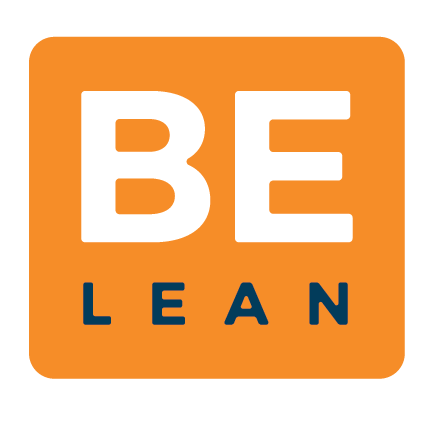The 4 Keys to Unlocking Scalability
And Why They Matter More Than Size
A few months ago, I joined Brian Lofrumento on his Wantrepreneur to Entrepreneur podcast.
Brian has interviewed thousands of entrepreneurs over the more than 1200 episodes of his podcast (wow!). So I was flattered when, a couple of days after we recorded, he told me our conversation was one of the most thought-provoking he’d had and invited me to be one of the first panelists in a new speaker series he was launching.
Why? Because we dug into a topic that almost every business owner talks about, but few truly define: scalability.
Scaling Is About Capacity, Not Just Size
Most people think of “scaling” as simply getting bigger. More revenue, more customers, more sales. That’s growth, not scaling. What scalability is really about is capacity: the ability to change in size without breaking what made your business great in the first place.
I’ve seen too many owners grow for growth’s sake, only to realize their business now runs them instead of the other way around.
That’s why I developed a framework I call the Four Pillars of Scalability — a roadmap to make sure growth is sustainable, profitable, and doesn’t cost you the freedom you started your business to create.
Pillar 1: Traction
The first step of scalability is traction. Traction is about having a consistent, repeatable way to win new business.
When you’re starting out, this might mean saying “yes” to almost everything. This “season of yes” is how you learn what works, what your market values, and where your best opportunities are.
But the goal isn’t just about getting more clients. It’s about developing a reliable and repeatable process for finding and keeping the right ones. That’s when you get to start focusing, and the real growth begins.
Pillar 2: Profit
Traction without profit is a trap.
It’s not enough to deliver your product or service. You have to do it in a way that consistently leaves enough profit to reinvest in growth.
Too often, people think that profit is the end of the story. The “bottom line” that owners get to “take home” at the end of the day.
But profit is the best resource you have to invest in the growth of your business. It’s what allows you to hire, invest in better systems, acquire more customers, and weather the inevitable ups and downs without panic.
When your margins leave enough profit to reinvest back into growth, it creates a virtuous cycle I call your engine of growth.
Pillar 3: Capacity
This is where most businesses hit their first big wall.
Growth brings not just volume (more customers, more work) but also complexity (new services, new markets, new team structures). And there comes a point where those two things can break a business.
Capacity is your ability to handle both without things falling apart.
For instance, in product-based companies, we all understand the importance of inventory management. But in a services business, your “inventory” is your team’s time and expertise — and it needs to be managed just as carefully.
That means having the systems in place to balance demand against capacity, so you can serve more clients without balls being dropped or quality slipping. Without it, you’re only ever one busy week away from chaos.
Building capacity might also mean eliminating custom one-off projects, tightening service offerings, and standardizing delivery processes. This is the stage where your ceiling for growth can accelerate, but it’s also the stage that you might want to consider bringing in some outside expertise.
Pillar 4: Innovation
The final pillar is what keeps you from getting stuck.
Innovation isn’t just big, industry-shaking ideas. It’s the ability to test and implement new approaches consistently — whether that’s refining your processes, adding a service line, or exploring new markets.
This is where you get to let your creativity come out, but within a structure that helps you hone those ideas and makes them truly scalable. My Innovation Framework marries the spirit of creativity with the scientific rigor of experimentation. The result is magic.
It’s Not About Doing It All at Once
One of the last things I shared with Brian was this: you don’t have to fix everything at once. In fact, you shouldn’t.
The fastest way to scale is to find your weakest link — the pillar that’s holding you back the most right now — and focus on strengthening it before you move on to the next.
That’s how you build not just a bigger business, but a better one.
Final Thought
Scalability isn’t about chasing “more” at all costs. It’s about building the capacity to grow well.
If you want to hear the full conversation — including some stories we didn’t cover here — you can listen to the episode on YouTube, Spotify, or Apple Podcasts.
And if you’re wondering which pillar you should focus on first, check out my Scalability Assessment, or simply reach out.
